The legal form of charities
Charities take a number of different legal forms, both incorporated and unincorporated. Many charities are unincorporated trusts or associations and this type of legal form can be suitable for those charities which are relatively small and which don’t enter into many commercial contracts or have many employees. Examples are small grant giving charities or local charities with primarily volunteer members. However, for those charities which do enter into commercial contracts and employ staff in order to deliver their charitable objectives, incorporation is often the best option.
The process of incorporation is well established, with the assets and contracts of the existing charity transferred to the new charity, but it can be complex and professional advice may be required. As such there will be costs involved and so it is important to assess the advantages of incorporation before taking the decision.
Advantages of Incorporation
The advantages of incorporation can be summarised as follows:
- Incorporation provides the protection of limited liability for the charity trustees. Unincorporated charities are not legal entities and, therefore, when they enter into commercial contracts, the trustees are effectively the parties to the contract. As such, if legal action were to be taken against the charity, for breach of contract for example, the trustees may be personally liable. This potential liability would be mitigated in that the charity’s assets would be available to meet the cost of any claim and insurance may provide some cover. However, ultimately, if these were insufficient, the trustees own assets are at risk.
- It can often be easier to recruit non-executive trustees to incorporated charities because there is less personal risk.
- Incorporated charities, as legal entities, are able to enter into commercial contracts in their own right. As a result, the signing of lease equipment agreements and even the opening of bank accounts can be considerably simpler if the charity is incorporated.
- Incorporated charities can own property in their own right. On the other hand, the property of an unincorporated charity must be held in the names of at least two trustees. This can cause difficulties when trustees retire or die, as the trusteeship has to be updated.
- Incorporation often provides an opportunity to update and modernise the constitution of the charity including its governance arrangements.
Type of Incorporated Entity
When deciding to incorporate there are two types of legal entity to consider:
- Companies Limited by Guarantee
- Charitable Incorporated Organisations (CIOs)
Companies Limited by Guarantee
The main advantage of companies limited by guarantee is that they are a long-established legal form with clear legal precedents.
The disadvantage is that a charity established as a company limited by guarantee is required to comply with both company law as well as charity law and is required to file accounts and annual returns with companies house as well as the charity commission.
Charitable Incorporated Organisations (CIOs)
CIO’s were specifically set up in response to the charity sector’s desire to be able to incorporate under charity law without the need to also comply with company law. There are two types of CIO available depending upon whether the charity has a wider membership body. They are:
- Foundation CIOs where decisions are made by the trustees and there is no wider membership body to which the trustees are accountable.
- Association CIOs where there is a wider membership body who will have a role in certain decision making, such as changes to the constitution
CIOs have only been in place since 2013 and so there is less established law in connection with these legal entities. However there are currently over 17,000 CIOs registered with the charity commission.
Other points to Note
Some of the disadvantages of unincorporated charities can be mitigated through:
- Incorporation of the trustees body whereby there is a trustee company and the existing trustees become directors of the trustee company. This can provide protection for the trustees and the corporate trustee becomes the legal entity which enters into contracts on behalf of the charity. This option should be considered where there is a desire to retain the existing charity’s legal form but to benefit from some of the advantages of incorporation.
- Trustee Liability Insurance. However, this may not cover all claims against the trustees.
Get in touch or request a call back:
Call 0330 223 6400 or complete the form to make an enquiry or request a call back (* indicates a mandatory field).



